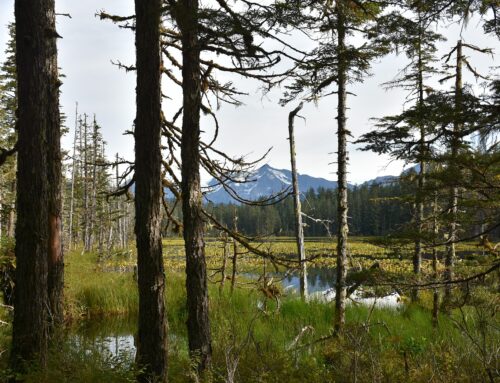In the next few weeks, Congress could turn back the clock to 1979. That is when the original rules for venting and flaring natural gas from wells on federal lands were written.
Nobody wants to see valuable natural gas go up in smoke — we need it to heat our homes, cook our food and power our industries. But if folks on Capitol Hill rush to judgment on a new waste prevention rule and throw the baby out with the bathwater, natural gas will continue to be leaked, vented and flared at increasing rates, costing taxpayers billions of dollars.
Congress is allowed to repeal rules enacted at the end of the previous administration thanks to a rarely used law known as the Congressional Review Act. The CRA was meant as a way for Congress to undo “midnight regulations” snuck in by an administration on its way out the door. The CRA not only allows Congress to repeal a rule, it stipulates that if a rule is repealed, a similar rule cannot be issued — ever — without an act of Congress. The House and Senate would have to draft and pass new legislation. This would prevent any action to curtail the waste of gas, possibly for years, as the problem continues to worsen.
Between 2009 and 2015, federal and Indian onshore wells vented or flared enough gas to serve more than 6 million households for a year. The total amount of natural gas flared from leases administered by the Bureau of Land Management doubled between 2009 and 2013. In 2010, the Inspector General for the Department of the Interior recommended the BLM clarify its requirements for royalty-free use of gas. That same year, the Government Accountability Office found as much as 40 percent of natural gas vented or flared could have been economically captured with the use of available off-the-shelf technology and that BLM’s regulations at the time did not address significant sources of lost gas. In 2011, the GAO put Management of Federal Oil and Gas Resources on its list of “high risk” government programs — those with “greater vulnerabilities to fraud, waste, abuse, and mismanagement.”
Until now, venting and flaring on federal lands was managed by a six-page notice written more than three decades ago. Since then production has grown exponentially, with the advent of modern techniques like hydraulic fracturing, but the old rules have not kept pace. So in 2011, the Bureau of Land Management began the process of updating its outdated policies. It held four forums in 2014 in Colorado, New Mexico, North Dakota, and Washington, DC, and four public hearings after release of the proposed rule in 2016. According to the agency, it received more than 300,000 comments on its proposed rule.
Some members of Congress do not agree with everything in the rule, which is not perfect, but using the CRA to repeal it in its entirety will effectively make the old rules permanent. This would be grossly irresponsible and a terrible business practice. The final rule does take important steps for taxpayers, like clarifying when royalties are owed on production, how to measure or estimate lost gas, and how to coordinate with states.
There is still time for cooler heads to prevail. The Trump administration and the newly nominated Secretary of the Interior Ryan Zinke can do the hard work for taxpayers and revisit the details of the rule. So can members of Congress who are working on plans to help get more gas to market, increase revenue flows to federal and state coffers and stop the waste! That would be a victory for taxpayers in the West and across the country.










